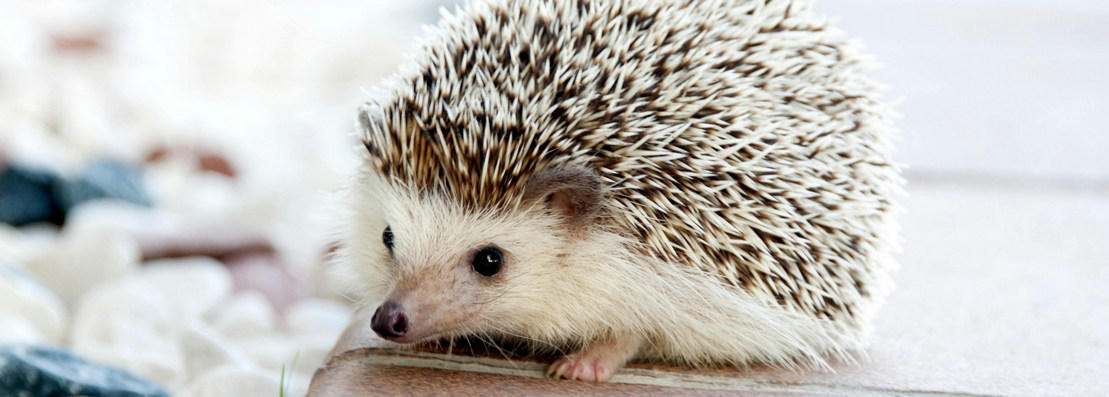Wild Life [hedgehog] Health Monitoring in a Pet Shelter using mmWave radar (together with DierENopvang Hengelo)

Problem Statement:
Wildlife shelters play a vital role in providing safe environments for the rehabilitation and care of hedgehogs and other small wild animals. These animals are often housed in enclosures designed to mimic natural conditions while offering protection and support. Monitoring the health and well-being of these animals is critical to ensure their successful recovery and eventual release back into the wild. Common sensing methods cannot be used in this setting: light (camera) may disturb the natural rhythm of the animals, Wi-Fi radio waves are too coarse-grained to capture small movements, and other solutions (such as thermal cameras) are expensive. Using shorter wavelengths, such as mmWave radar systems, offers a promising solution for continuous, high-precision monitoring of hedgehogs (and other small animals). mmWave sensors are particularly suited for detecting subtle movements and changes in behaviour without intruding on natural patterns. These provide continuous point clouds, enabling the analysis of well-being indicators such as activity levels and movement patterns associated with restlessness, pain or distress. By integrating this technology with embedded machine learning systems, it is possible to analyze data locally and deliver actionable insights while minimizing energy consumption and processing delays.
Task:
This project considers the full (Master-level) or part (Bachelor-level) chain of developing such a solution, from the detection and classification of minor movements and behavioural patterns in hedgehogs and other small animals using mmWave sensors and (embedded) machine learning, to visualizing the resulting information in a meaningful and timely manner. The project will not only contribute to improving the quality of care for wildlife but also reduce the workload on shelter staff by providing automated and precise monitoring tools. The project will focus on a sensor- and data-driven approach, using cost- and energy-efficient platforms such as ESP32 or Raspberry Pi to process data locally. This ensures that solutions are practical and scalable for wildlife shelters.
Example RQS:
- How accurately can the well-being of hedgehogs and other small wild animals be quantified through minor movement detection using mmWave radar sensors in wildlife shelter enclosures?
- What is the impact of embedded AI models on the accuracy and latency of detecting subtle movements and behavioural patterns in small wild animals using ESP32 or Raspberry Pi platforms?
- How can mmWave radar systems be optimized to detect minor movements while reducing noise and ensuring reliable data collection for continuous monitoring of small animal health and behaviour?
What am I looking for:
I am looking for motivated students who go beyond the 'sixes' attitude, ideally motivated to publish their results in the future. Additionally, you should be affectionate and not scared of cats for this assignment, as there is a practical aspect to this assignment: Dierenopvang Hengelo has kindly opened its doors for unobtrusive data collection (meaning your devices need to be cat-secure).
Due to the flexibility of the assignment, I wish to have a coffee with you to ensure it’s a good match before I agree to supervise! ;)
Work:
40% implementation (hardware/software), 40% Data analysis, 20% Writing
Contact:
Jeroen Klein Brinke (j.kleinbrinke@utwente.nl)
Allow multiple students: YES
Photo: https://www.pexels.com/photo/shallow-photo-of-hedgehog-50577/
